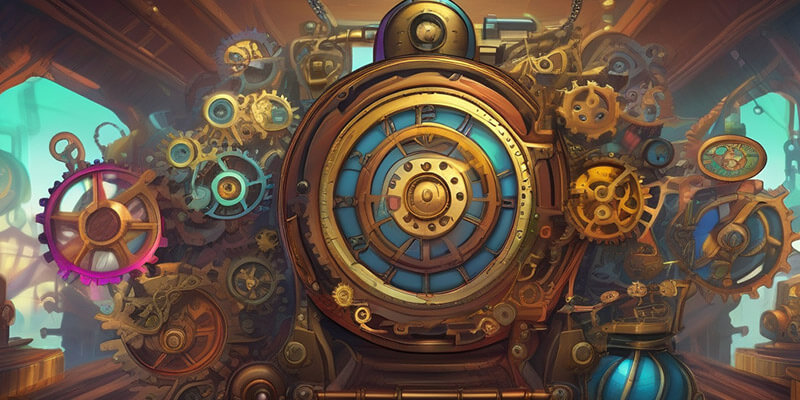
Multichannel marketing vs omnichannel marketing
Multichannel marketing: A scattered approach.
Benefits of multichannel marketing
- Easy to set up and implement, especially for smaller businesses.
- Good for reaching a broad audience and increasing brand awareness.
- Works well with smaller budgets.
Drawbacks of multichannel marketing
- Disjointed customer experience. Customers might receive repetitive messages across different channels.
- Less effective at driving engagement and conversions compared to omnichannel marketing.
Omnichannel marketing: a harmonious performance.
For example, a customer who sees a product ad on social media featuring a new shoe might receive a personalized email with a discount code specific to those shoes. Later, they could visit the product website and find helpful reviews and a live chat option for any questions. This creates a cohesive journey that fosters trust and encourages them to convert.
Benefits of omnichannel marketing
- Stronger brand storytelling and a more consistent brand image.
- Increase customer engagement and brand loyalty.
- Personalized experiences that drive higher conversions (according to a McKinsey & Company study, personalization can generate up to a 15% increase in sales. https://www.mckinsey.com/featured-insights/mckinsey-explainers/what-is-personalization
Drawbacks of omnichannel marketing
- Requires more planning and coordination than multichannel marketing.
- May involve additional investment both monetarily and in resources to fully leverage data integration.
Choosing the right path for your brand.
- Business size and resources: Omnichannel requires more resources and planning. Brands with a sufficient budget, working with an agency, or with enough internal marketing resources can benefit greatly from omnichannel marketing. For smaller brands and teams with limited budgets, multichannel marketing can also be very effective.
- Marketing goals: Omnichannel is better for fostering brand loyalty, driving conversions, and creating personalized experiences. Multichannel can be sufficient for simple brand awareness campaigns or promoting limited time offers.
Key takeaway


